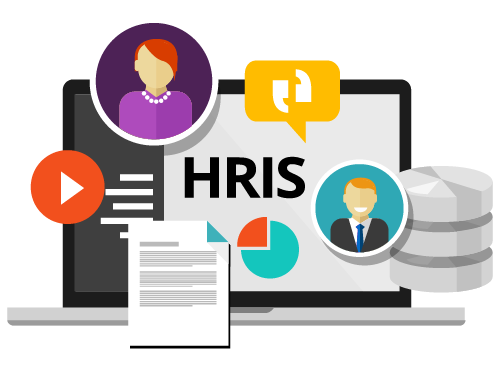Simple Guidance For You In HRIS

Now the question I need to ask first is what is an HRIS? an HR practitioner’s guide could be helpful to give you more insights. In choosing an HRIS, there are some important aspects to consider, but the process can be relatively simple if you follow simple guidance. Read on for a few key tips:
Choosing the right HRIS provider
While deciding which HRIS to purchase is vital for your business, you should not decide based on price alone. Ensure you have enough capital to implement the software and also consider the Total Cost of Ownership when budgeting. When comparing vendors, take the time to learn about the various types of software available. Consider the provider’s stability, how long they’ve been in business, and how accessible they are when you need help.
You’ll want your HRIS to store and track information from basic employee data like name and address to contact emails and salaries to more in-depth features like organizational hierarchy, performance appraisals, and employee feedback. It should also be able to store and provide access to important company documents. For instance, if you want to keep track of employee hours, HRIS will keep a history of each workday. If you’re keen to learn more, read about the post to know more about the functions offered in an HRIS system that handles your employees finances and payroll.
When evaluating the different HRIS providers, ask about their pricing. Most HRIS providers charge a monthly fee ranging from $1 to $15 per employee. The more complicated the HRIS, the higher the price. When comparing costs, remember to ask if there is an additional cost for the system. In addition to the monthly fee, some providers may charge a set-up fee. This is typical to cover the cost of installing and configuring the solution and any upfront training and support.
Choosing the right HRIS
Before choosing an HRIS for your organization, you should first prioritize what your needs are. Next, identify the essential features and functions, then select a platform that fulfills these needs. It is also helpful to consider recurring expenses, such as technical support fees and product updates. Knowing these costs will make the selection process easier. The following are tips to consider when choosing an HRIS. Also, think about your budget when selecting an HRIS.
Consider how much time you want to spend on data entry and reporting. HRIS solutions provide time-saving features for executives and managers. Organizing employee information in one place allows you to make reports and analyze data on the fly. In addition, the system can be customized to fit your company’s workflows and policies. As Amy Letke said in a recent webinar for the CER, you should consider which features you need and which ones you can do without.
If you’re planning to use an HRIS to manage your human resources, you should consider whether your workforce works from home. For example, is your company likely to hire workers from other locations? If so, consider it easy to access and use HRIS software from anywhere. Another important consideration is accessibility and integration. Some HRIS solutions require employees to log in to the system from multiple locations. However, they should be easy to use and integrate.
Implementing an HRIS
While selecting an HRIS, you should focus on long-term maintenance. Stay on top of any new software developments and issues and look into future scalability and integration options. Keep in mind that you will also need support from your IT department. Moreover, you should set aside dedicated resources throughout the implementation project to address any questions. Finally, you should establish a clear vision and processes for your new HRIS.
While it’s possible to hire an HRIS consulting firm or contractor to implement an HRIS, it is also necessary to maintain internal capabilities. A consultant can help you choose the right software for your organization and manage the change. However, hiring a third party can increase the project’s cost, and the time it takes to implement the new HRIS. In addition, if your staff does not feel comfortable with the change, it may take longer than anticipated.
The hiring process involves various departments. Each department may have its processes and systems, which can result in redundant processing and storage of data. An HRIS evaluation team can determine ways to streamline this process and align it with other departments. During the implementation, it’s important to consider the needs of each department and its goals. For example, the HR department may be looking for improved reporting, while the Payroll department may want to automate its benefits enrollment process.
For more valuable information visit this website





